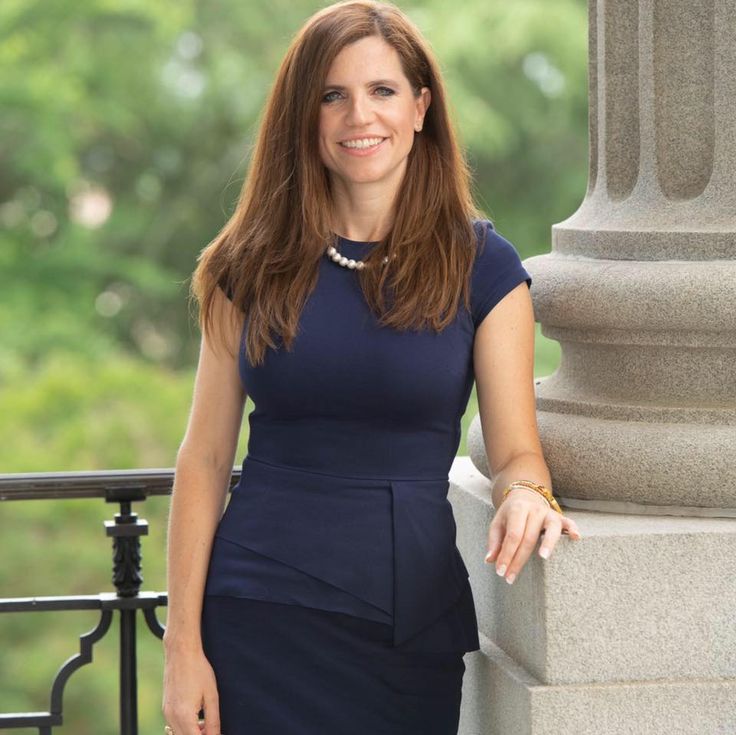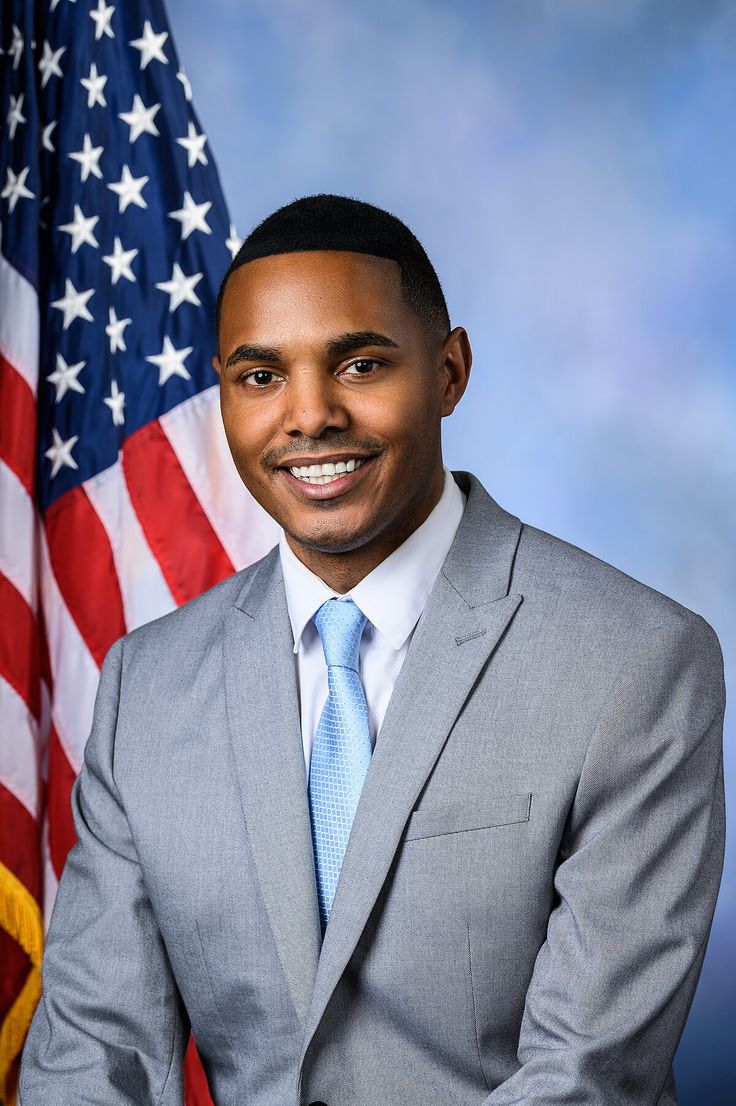“Mary Lou Retton: The Untold Story of America’s Gymnastics Sweetheart”
Historical Significance of Retton’s Olympic Achievement
Mary Lou Retton’s gold medal win at the 1984 Los Angeles Olympics was a watershed moment for American gymnastics. Prior to 1984, the sport was dominated by Eastern European countries, particularly the Soviet Union and Romania. Retton’s victory, achieved at age 16, marked the first time a female gymnast from outside Eastern Europe won the all-around title.
Her performance, which included perfect 10s on floor exercise and vault, was particularly dramatic as she edged Romania’s Ecaterina Szabo by a mere 0.05 points. This victory, during a Games boycotted by most Soviet bloc countries (except Romania), not only showcased Retton’s athletic ability but also sparked interest in gymnastics in the U.S., paving the way for future American champions such as Carly Patterson, Nasta Liukin, Gabby Douglas, Simone Biles, and Sunisa Lee. Retton’s victory symbolized a change in global gymnastics, proving that American athletes could compete at the highest level, and her story became a beacon of hope and ambition for young athletes.
Early Life and Path to Gymnastics Stardom
Born on January 24, 1968, in Fairmont, West Virginia, Retton was the youngest of five children and grew up in a close-knit family. Her father Ronnie ran a coal transportation business and her modest upbringing in a small town was a contrast to the global stage she would later dominate.
Inspired at age eight by watching Nadia Comăneci phenomenal performance at the 1976 Montreal Olympics, Retton began training in gymnastics and initially studied dance and acrobatics at age four. Her talent was obvious at an early age, but the lack of excellent facilities in West Virginia led her to make a bold decision: at age 14 she moved alone to Houston, Texas, and began training with renowned Romanian coach Bela Karolyi.
Her perseverance paid off and she quickly rose through the ranks, winning the American Cup in 1983 and 1984, the U.S. Nationals in 1984, and the U.S. Open. She won the Olympic trials, although she suffered a serious knee injury a few weeks prior to the Olympics that required surgery.
The Untold Struggles and Sacrifices
While Retton’s Olympic success is well documented, the “untold” aspects of her story reveal the personal impact of her accomplishments. The intense training under Karolyi, known for his rigorous methods, pushed Retton to her physical and emotional limits. She missed out on normal adolescent milestones such as prom and high school events, a compromise she later described as meaningful but challenging.
In addition, Retton was born with hip dysplasia, a condition not diagnosed until adulthood, which added to the physical strain of her gymnastics career. Over time, she underwent 19 surgeries, including a total hip replacement, to repair the damage the condition caused to her sport. Her resilience in overcoming a knee injury just before the 1984 Olympics – performing fully despite only six weeks of recovery – underscores her determination, but also demonstrates the physical sacrifices top athletes endure. These struggles, often overshadowed by her public image, add depth to her story, highlighting the guts behind the glamour.
Post-Olympic Life and Public Persona
After retiring from gymnastics in 1986 at age 18, Retton embarked on a multifaceted career as a motivational speaker, television commentator, and media personality. Her wholesome image earned her the nickname “America’s Sweetheart,” and she became the first female athlete to appear on a Wheaties box, a testament to her cultural influence.
She endorsed products such as Revco, Australian Dream, and Colonial Penn Life Insurance, and appeared in TV shows such as Knots Landing, Baywatch, and movies such as Scrooged. Retton also became a vocal supporter of the Reagan administration, appearing in commercials and rallies, and later being sworn in at the 2004 Republican National Convention alongside fellow gymnast Kerri Strug.
However, her post-Olympics life was not without controversy. In 2016, Retton faced criticism for opposing the Protecting Young Victims from Sexual Abuse and Safe Sport Authorization Act, meeting with Senator Diane Einstein where she argued that gymnastics is a “happy, safe place” despite the USA Gymnastics sex abuse scandal involving Dr. Larry Nassar. This stance tarnished her legacy for some, as critics argued she downplayed systemic issues within the sport.
Share this content:




Post Comment